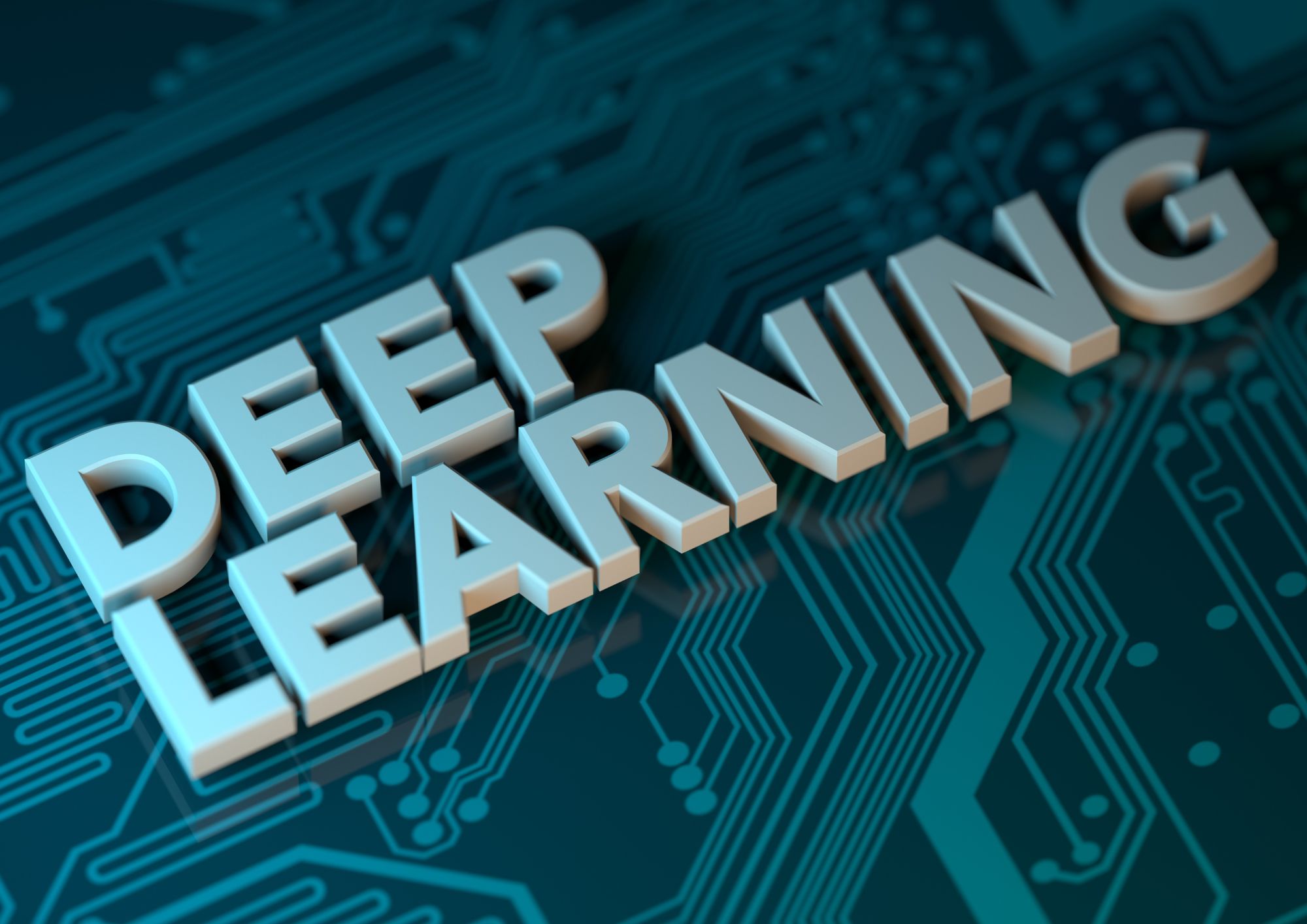The evolution of deep learning has been a remarkable journey, encompassing the development of neural networks and numerous AI breakthroughs.
In this comprehensive timeline, we’ll explore the rich history of deep learning, delving into milestones and events that have shaped the technology as we know it today.
From early conceptualizations to groundbreaking innovations, let’s take a closer look at the fascinating story of deep learning. 😊
Early Foundations of Neural Networks (1943-1960)
- The McCulloch-Pitts Neuron (1943) The story of deep learning history begins with the McCulloch-Pitts neuron, a mathematical model of a biological neuron proposed by Warren McCulloch and Walter Pitts in 1943. This early model set the stage for the development of artificial neural networks.
- Hebbian Learning Rule (1949) Donald Hebb’s learning rule, published in 1949, posited that when neurons fire together, their synaptic connections are strengthened. This principle laid the groundwork for future neural network learning algorithms.
- The Perceptron (1957) Frank Rosenblatt’s Perceptron marked a significant milestone in the evolution of neural networks. The Perceptron was the first algorithm for supervised learning and served as the foundation for modern deep learning.
Early AI Breakthroughs and the Emergence of Backpropagation (1960-1986)
- ADALINE (1960) Bernard Widrow and Marcian Hoff introduced the ADALINE (Adaptive Linear Neuron), an early single-layer neural network that utilized the Widrow-Hoff learning rule. This breakthrough laid the foundation for gradient descent learning in neural networks.
- Backpropagation (1974-1986) In 1974, Paul Werbos introduced the backpropagation algorithm for training multi-layer neural networks. Although initially overlooked, the technique gained widespread recognition in 1986 when David Rumelhart, Geoffrey Hinton, and Ronald Williams published a groundbreaking paper demonstrating its efficacy.
The Rise of Deep Learning (1986-2010)
- Convolutional Neural Networks (CNNs) (1989) Yann LeCun and his team developed the first CNN, known as LeNet-5, in 1989. CNNs are specialized neural networks for processing grid-like data, such as images, and have since become a cornerstone of deep learning applications.
Example: LeNet-5 Architecture
import tensorflow as tf
model = tf.keras.Sequential([
tf.keras.layers.Conv2D(6, (5, 5), activation='tanh', input_shape=(32, 32, 1)),
tf.keras.layers.AveragePooling2D(),
tf.keras.layers.Conv2D(16, (5, 5), activation='tanh'),
tf.keras.layers.AveragePooling2D(),
tf.keras.layers.Flatten(),
tf.keras.layers.Dense(120, activation='tanh'),
tf.keras.layers.Dense(84, activation='tanh'),
tf.keras.layers.Dense(10, activation='softmax')
])
Long Short-Term Memory (LSTM) (1997)
Long Short-Term Memory (LSTM) (1997) en Schmidhuber introduced LSTMs in 1997, a type of recurrent neural network (RNN) designed to tackle the vanishing gradient problem. LSTMs have since become the go-to architecture for sequence-to-sequence tasks, such as natural language processing and speech recognition.
Example: LSTM Layer
import tensorflow as tf
model = tf.keras.Sequential([
tf.keras.layers.Embedding(input_dim=10000, output_dim=128),
tf.keras.layers.LSTM(128),
tf.keras.layers.Dense(1, activation='sigmoid')
])
Deep Belief Networks (DBNs) (2006)
Geoffrey Hinton and his team developed DBNs, a generative model that stacked multiple layers of Restricted Boltzmann Machines (RBMs).
This innovation marked the beginning of modern deep learning and paved the way for more complex architectures.
Modern AI Breakthroughs and the Future of Deep Learning (2010-Present)
- ImageNet and AlexNet (2012) The ImageNet Large Scale Visual Recognition Challenge (ILSVRC) started in 2010, but it wasn’t until 2012 that Alex Krizhevsky, Ilya Sutskever, and Geoffrey Hinton demonstrated the power of deep learning with their CNN model, AlexNet. The model achieved an impressive 15.3% error rate, significantly outperforming traditional computer vision algorithms.
- Generative Adversarial Networks (GANs) (2014) Ian Goodfellow and his team introduced GANs, a powerful generative model that pits two neural networks (a generator and a discriminator) against each other. GANs have since been used for a wide range of applications, including image synthesis, style transfer, and data augmentation.
- AlphaGo and Reinforcement Learning (2016) DeepMind’s AlphaGo, an AI system that combines deep learning and reinforcement learning, made headlines in 2016 when it defeated a world champion Go player. This accomplishment highlighted the potential of deep learning in complex decision-making tasks.
- Transformers and Natural Language Processing (2017) The introduction of the Transformer architecture by Vaswani et al. in 2017 revolutionized natural language processing. The Transformer, which employs self-attention mechanisms, has since been used to develop state-of-the-art models like BERT, GPT-3, and T5.
The deep learning history is a fascinating tale of neural networks, AI breakthroughs, and technological advancements that have shaped the world.
From the earliest concepts to the latest innovations, deep learning continues to evolve, opening up new possibilities and applications.
As we look towards the future, we can expect to see even more groundbreaking developments, forever changing the landscape of artificial intelligence. 😄
Thank you for reading our blog, we hope you found the information provided helpful and informative. We invite you to follow and share this blog with your colleagues and friends if you found it useful.
Share your thoughts and ideas in the comments below. To get in touch with us, please send an email to dataspaceconsulting@gmail.com or contactus@dataspacein.com.
You can also visit our website – DataspaceAI

